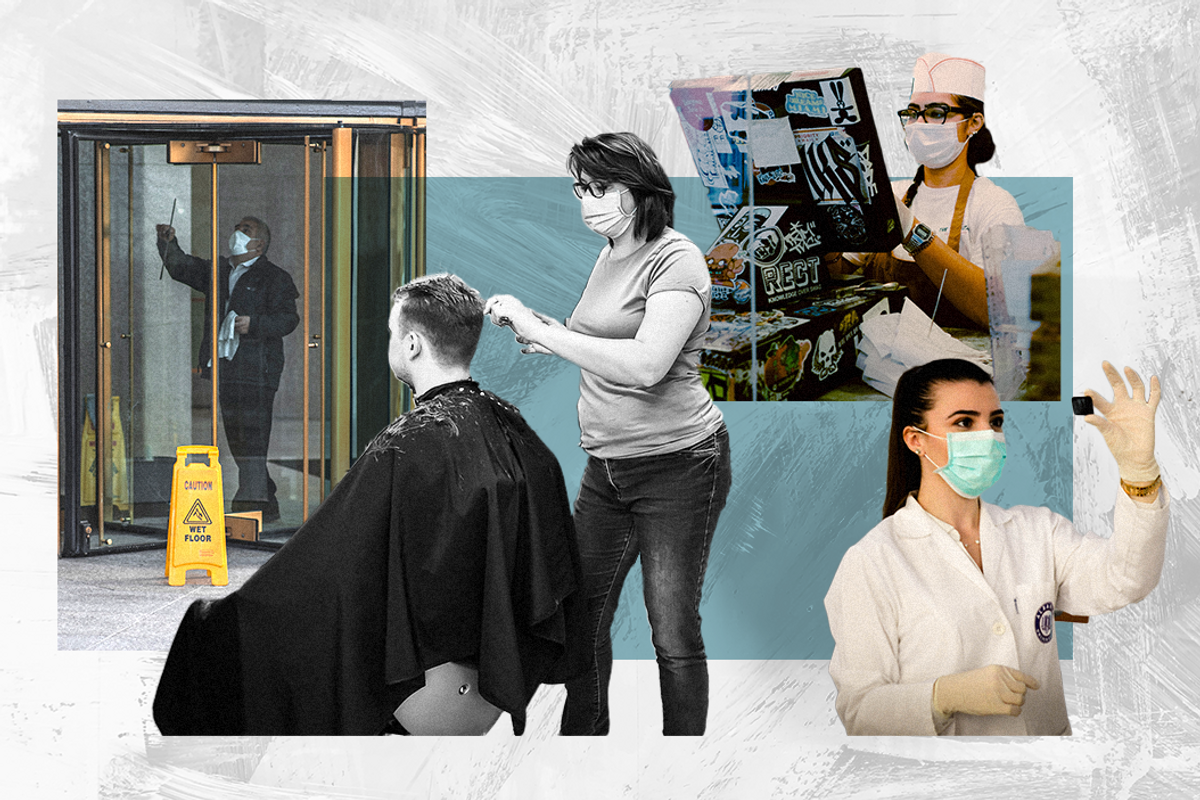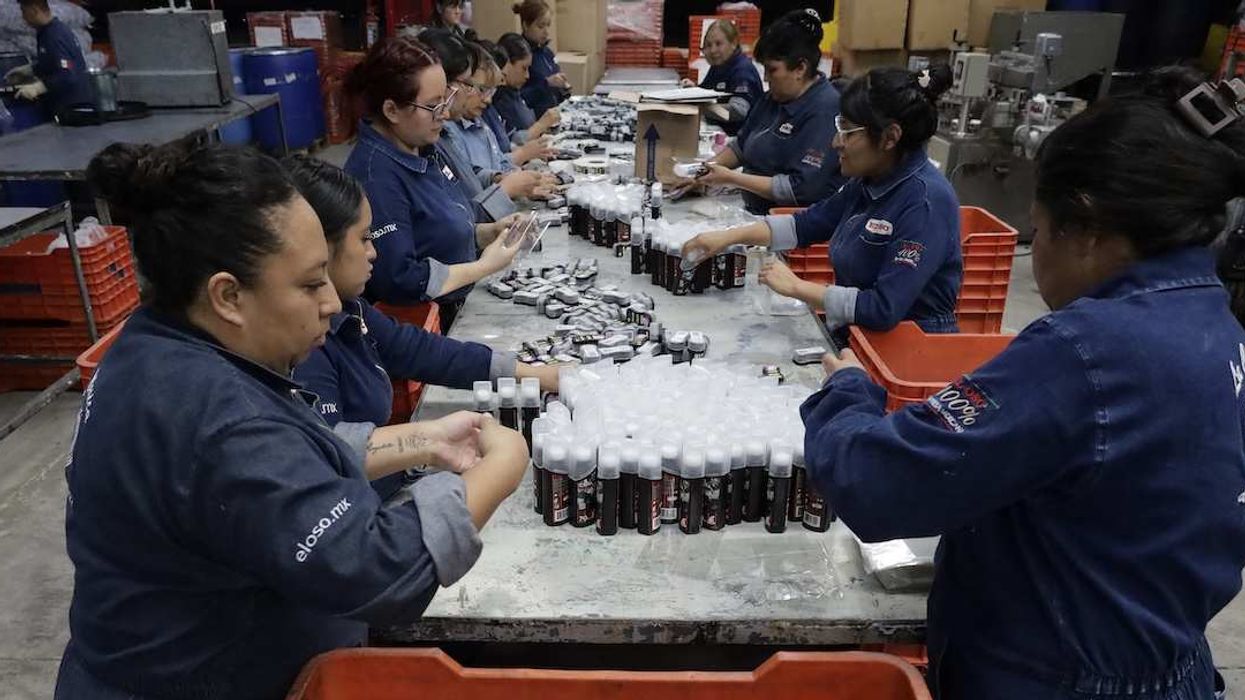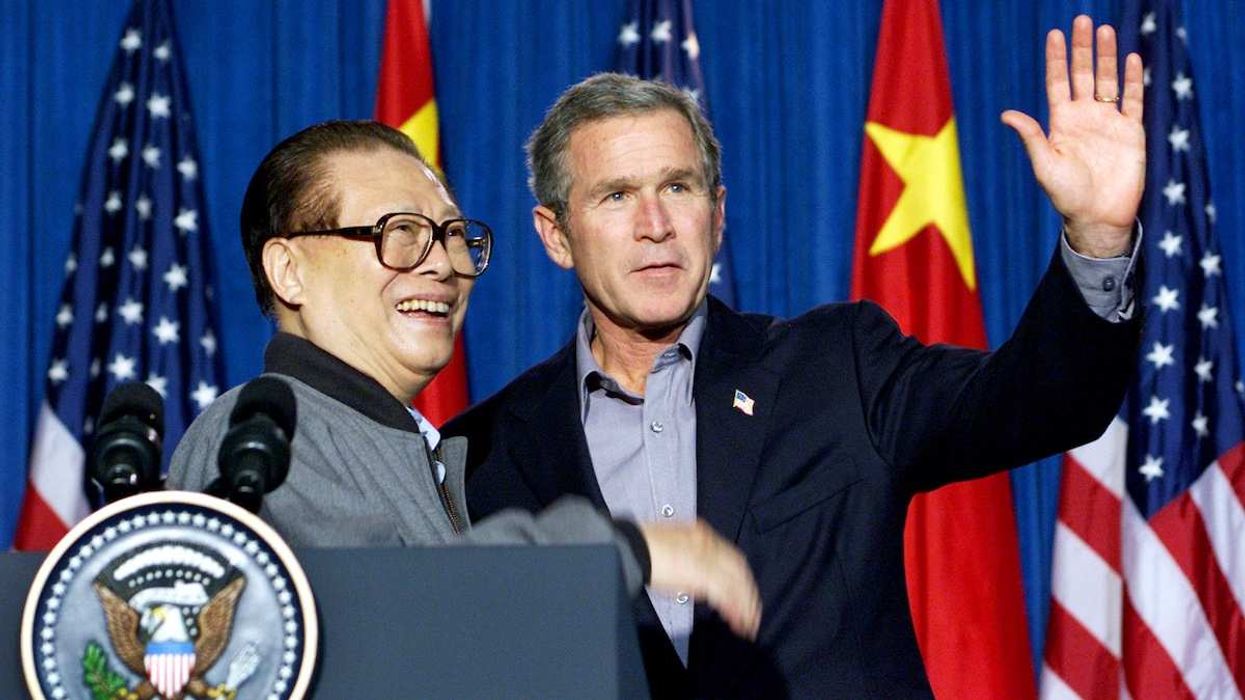As the world's wealthier and more fully vaccinated countries begin to emerge from the pandemic, there's a lot of talk about "the office".
When do we go back to it? Do we go back to it? What is an "office" now anyway?
The vast majority of business execs say they expect employees will split time between home and the office now, according to a recent McKinsey study. Designer salad companies are keen to serve the wave of office returnees, while savvy entrepreneurs are making special speakers for remote workers to feel like they're in the office even when they aren't.
The office debate is an important one for sure — full disclosure: this piece was written from home! But for billions of people around the world, it's not relevant to their work or lives.
That's because they have jobs that can't be done from afar: like giving haircuts, serving food, or tending to seriously ill or injured patients. Or their jobs are in occupations like farming, deliveries, sanitation, or transportation that are essential but not confined to any specific space.
How many people are we talking about? According to the International Labor Organization, just 18 percent of the global workforce, or about 557 million people, were able to consistently telework during the pandemic. That's triple what it was before COVID. But it still leaves 2.6 billion people around the world for whom the "back-to-the-office debate" sounds like something from another planet.
Those 2.6 billion people and their families have been hit hardest by the pandemic in terms of hours and wages lost, psychological stress, and unemployment.
Work from home, you say? "Most of us in the Philippines don't have that luxury," said Liezl Gayeta, 30, who runs the kitchen at the Manila-based health food delivery company The Sexy Chef. "If we don't come to work," she told us, "we don't get paid. If we want to feed our families, we need to show up for our jobs."
But the division between the "Zoom class" and the rest of the world also closely tracks some of the broader fault lines of inequality that cut across our societies.
Rich countries vs poor countries. Even in wealthy economies, only a small portion of workers can telework consistently. In the US, it's about a fifth. But in lower and middle income countries, the size of the "laptop class" plummets. In India, for example, where more than 450 million people work in retail or farming alone, only 5 percent of workers can Zoom to the job. The numbers in sub-Saharan Africa are similar, says the ILO.
Part of this is because in-person services jobs are more prevalent in less economically developed countries — you are six times as likely to be a street-vendor in a middle-income country as you are in a wealthy one, and 16 times as likely to work in agriculture.
But it's also about limitations on internet connectivity and service. Most countries simply don't have the internet infrastructure to support massive teleworking populations.
And many of these countries have suffered the additional blow of evaporating remittances from their citizens working abroad in professions that often aren't "remote-workable."
Ramshid, a 34-year-old driver from southern India who has worked in Qatar for more than a decade, told us that the pandemic had slashed his monthly earnings from about $2,000 a month to less than half of that, leaving him with no money left over to send home to his wife and children in India.
Meanwhile, high debt loads and scarce cash mean that governments in low and middle income countries can't roll out the kinds of unemployment benefits or infrastructure rebuilding programs that we've seen in Europe and the US. Rich countries have uncorked close to 30 percent of GDP to cushion the pandemic blow. Others have barely mustered 7 percent, says the IMF.
That's one big reason why the pandemic has put decades of poverty-reduction in reverse. Last year, more than 120 million people fell below the poverty line globally, and the number of people in extreme poverty rose for the first time since 1997.
Haves vs have-lesses. Even in wealthier countries, non-remote jobs are overwhelmingly in lower-income, economically vulnerable professions. According to a Pew study, more than three-quarters of low-income workers in America can't work from home at all.
What's more, the ILO found, non-remote jobs have higher proportions of women, ethnic minorities, and younger people — groups who went into the pandemic at an economic disadvantage, and all suffered disproportionate economic losses during the crisis itself.
What's to be done? There are two separate things to focus on, says Janine Berg, a senior economist at the ILO. Globally, rich countries need to look at the thorny question of debt relief for cash-strapped lower-income countries.
But even within richer ones, better compensation and labor protections for "essential workers" are, well, essential.
"It's really nice to be out on the balcony applauding them," said Berg "but unless you start compensating them more, what happens if another pandemic comes around?"
Tell us where you're working from and what you think about all this here.


















